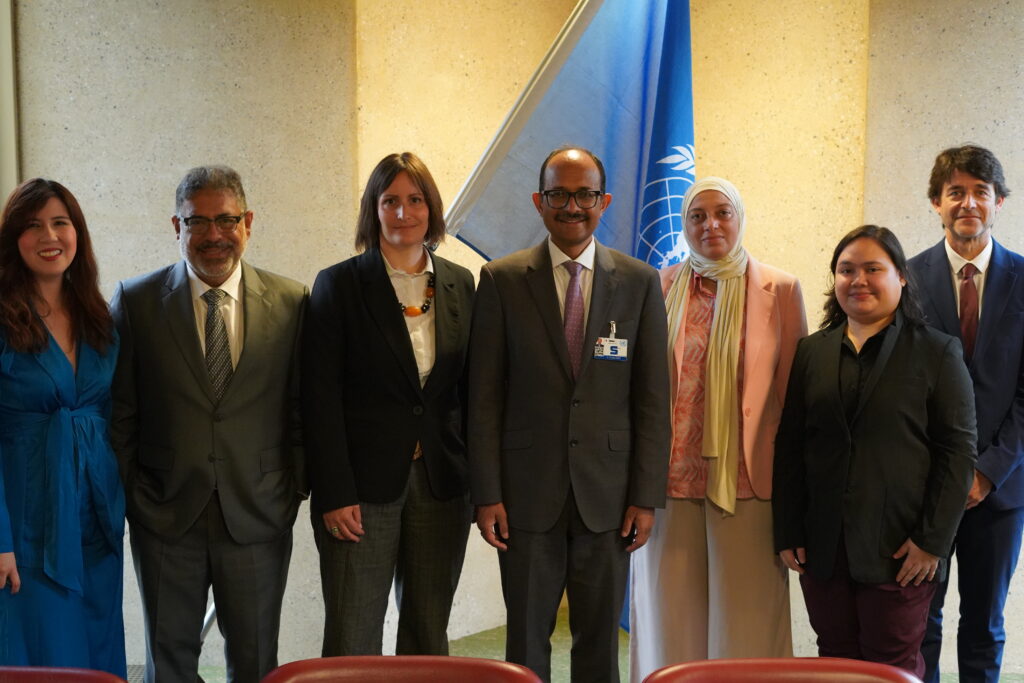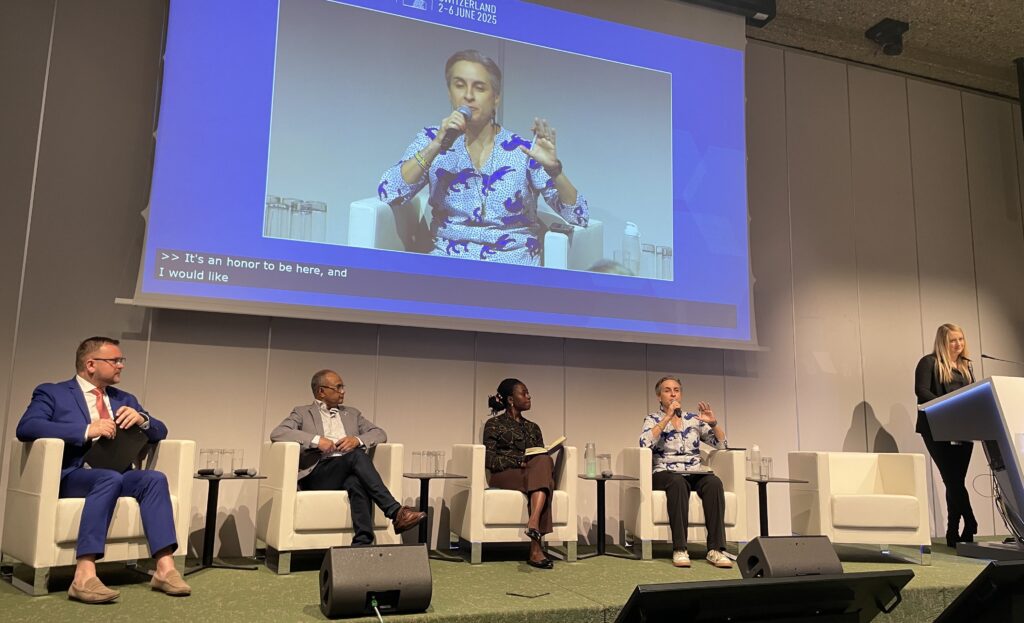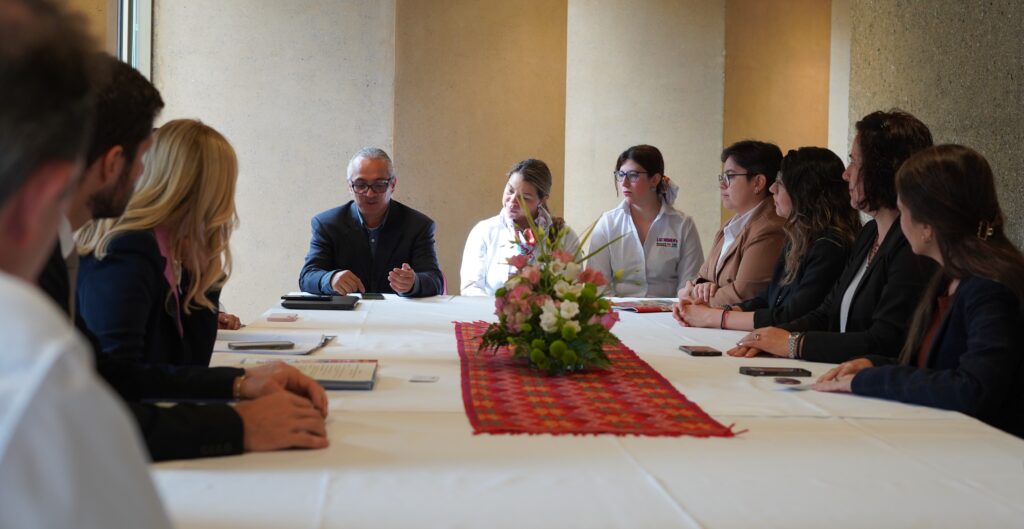Special Sessions
1. Stakeholder Session for the Americas and the Caribbean: Boosting Local Action: Strategic Dialogue on the Localisation of the Sendai Framework
João Figueiredo, GNDR LAC Regional Lead, contributed to the crucial discussion on boosting local action. He shared that listening to communities is essential. Those who face risk every day have the knowledge, experience, and capacity to inform policy and practice. Localisation must go beyond discourse: it needs to be institutionalised through inclusive decision-making, with real participation and accountability mechanisms.
Second, he emphasised investing in local leadership. This includes financing locally-led early warning and anticipatory action systems, ensuring resources reach the community level, especially in fragile and conflict-affected settings, where risks are amplified. Without localised funding, effective action is not possible.
Third, implement a whole-of-society approach. That means including all actors, CSOs, youth, women, Indigenous Peoples, persons with disabilities, the private sector and faith-based organisations, recognising their critical role in disaster risk reduction.
Fourth, we need legally binding frameworks. Voluntary commitments have not been enough. We must advance laws and policies that guarantee rights and assign clear responsibilities, especially in contexts where vulnerability is institutionalised.
Lastly, all development must be risk-informed. Resilience starts with inclusive urban planning, green infrastructure, technological innovation, and nature-based solutions that bridge ancestral knowledge and scientific approaches.
He advocated for effective localisation of the Sendai Framework, which means transferring power, resources, and decision-making to the communities themselves. As a global network, we remain committed to amplifying these voices so that resilience is not delayed — it happens today.
2. LAC and Asian Women’s DRR Network Meeting
This cross-regional meeting brought together nearly 40 participants, including civil society, government, and UN representatives, to discuss gender equality and women’s leadership in DRR. The session was moderated by Saskia Carusi (UNDRR LAC) and opened by UNDRR Director Paola Albrito, who highlighted the importance of governance structures and data to institutionalize gender inclusion in DRR.
Key highlights:
- The Government of Canada reaffirmed its commitment with USD 2.65 million over four years for regional gender equality initiatives.
- The LAC Women’s Network and ECLAC were recognised for their regional advocacy and peer learning.
- UNDRR’s Gender Advisor shared a 4-pillar approach: evidence generation, capacity-building, leadership, and institutional policy support.
- African and Asian women’s highlighted growing grassroots mobilisation and the importance of trans inclusion.
- Colombia’s Risk Management Unit Director shared national progress via gender scorecards and MCR2030 tools.
- Australia reiterated the ethical imperative of gender inclusion and the policy impact of women’s leadership.
The session concluded with a shared call for robust governance, intersectional data, and long-term institutional investment in gender-inclusive DRR.


